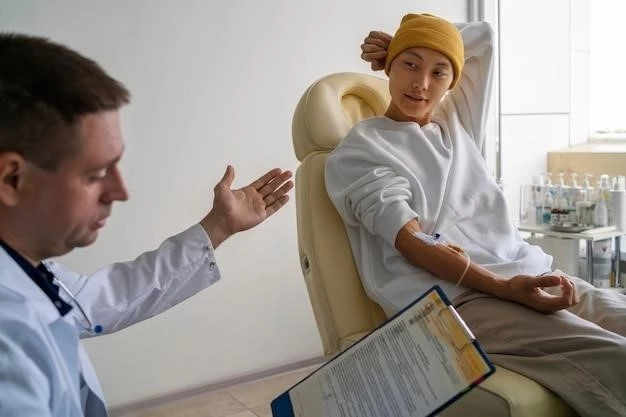Overview of Acromesomelic Dysplasia
Causes of Acromesomelic Dysplasia
Symptoms and Signs of Acromesomelic Dysplasia
Diagnosis and Testing for Acromesomelic Dysplasia
Causes of Acromesomelic Dysplasia
Acromesomelic dysplasia is primarily caused by genetic mutations affecting the growth and development of bones. In most cases, it is an inherited condition, passed down through families. Specific genes responsible for this condition have been identified, leading to insights into its causes.
Symptoms and Signs of Acromesomelic Dysplasia
Common signs include shortening of limbs, particularly the forearms and lower legs, disproportionate stature, joint abnormalities, and limited mobility. Individuals may experience pain and functional limitations due to skeletal deformities associated with the condition.

Diagnosis and Testing for Acromesomelic Dysplasia
Physical examination and medical history
Imaging studies and genetic testing
Physical examination and medical history
During diagnosis, healthcare providers will conduct a thorough physical examination to assess the skeletal features and growth patterns. They will also review the individual’s medical history to understand any genetic predispositions or potential underlying causes contributing to the development of acromesomelic dysplasia.
Imaging studies and genetic testing
Imaging techniques such as X-rays and MRIs are used to visualize bone structure and growth abnormalities. Genetic testing plays a crucial role in identifying specific gene mutations associated with acromesomelic dysplasia, aiding in confirming the diagnosis and understanding the genetic basis of the condition.
Treatment Options for Acromesomelic Dysplasia
Orthopedic interventions
Symptom management
Orthopedic interventions
Orthopedic treatments may involve surgical procedures to correct limb deformities, improve joint functionality, and alleviate pain. Bracing and physical therapy can also assist in managing skeletal issues associated with acromesomelic dysplasia, promoting better mobility and quality of life for individuals affected by the condition.
Symptom management
Managing symptoms of acromesomelic dysplasia can involve pain medications, physical therapy, and assistive devices to enhance mobility. Surgical interventions may also be considered for symptom relief and improvement in quality of life. A multidisciplinary approach is often necessary to address the diverse symptoms associated with this condition.
Genetic Factors in Acromesomelic Dysplasia
Impact of gene mutations on the condition
Potential for gene therapy
Impact of gene mutations on the condition
Gene mutations affecting growth factor receptor genes lead to abnormal bone development in acromesomelic dysplasia. These mutations disrupt normal skeletal growth and can result in the characteristic shortening and deformities seen in affected individuals.
Potential for gene therapy
Research into gene therapy for acromesomelic dysplasia is ongoing, offering hope for potential treatments that target underlying genetic causes. Gene therapy aims to correct or mitigate the effects of gene mutations responsible for the condition, potentially providing more targeted and effective therapeutic options in the future.
Management of Acromesomelic Dysplasia Complications
Respiratory issues and other complications
Psychological support and quality of life
Respiratory issues and other complications
Individuals with acromesomelic dysplasia may experience respiratory challenges due to chest deformities affecting lung function. Additionally, they may encounter complications such as ear infections, hearing impairments, and spinal abnormalities that require specialized management and monitoring by healthcare professionals.
Psychological support and quality of life
Psychological support is crucial to help individuals and families cope with the challenges of acromesomelic dysplasia. Quality of life can be enhanced through counseling, support groups, and interventions that address emotional well-being. Promoting independence and self-esteem plays a significant role in improving overall quality of life for those affected by this condition.
